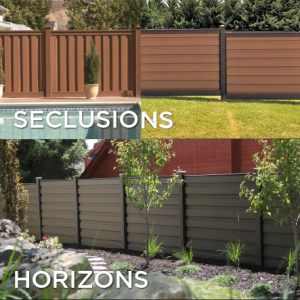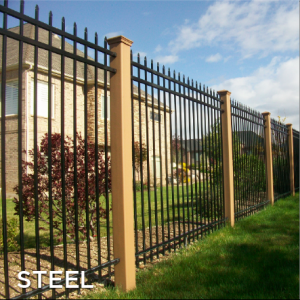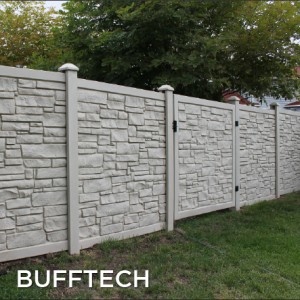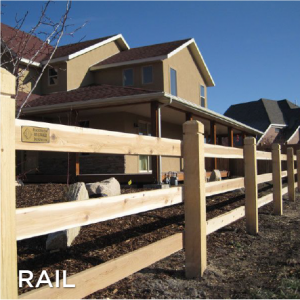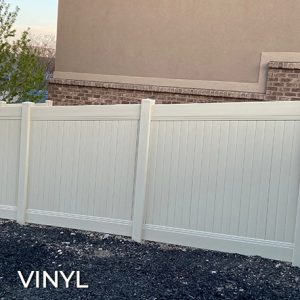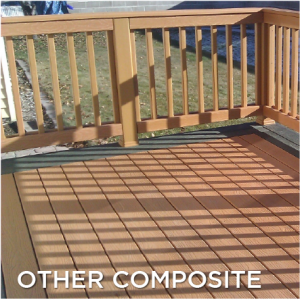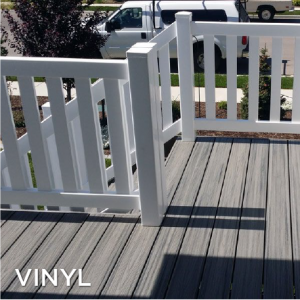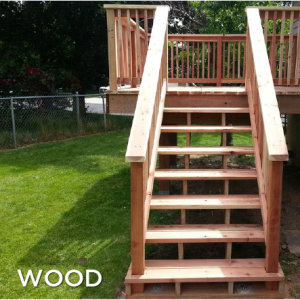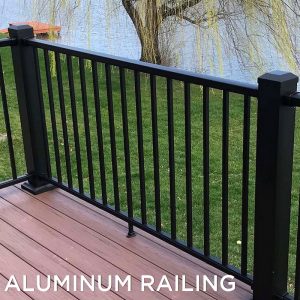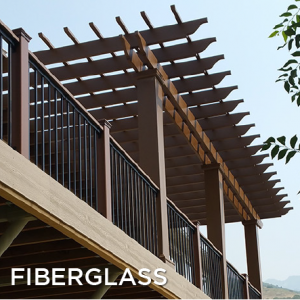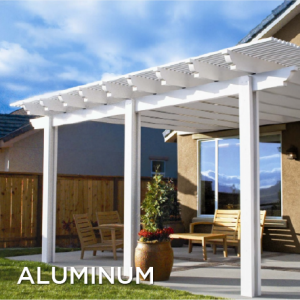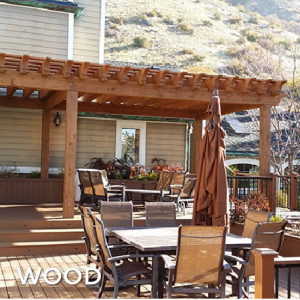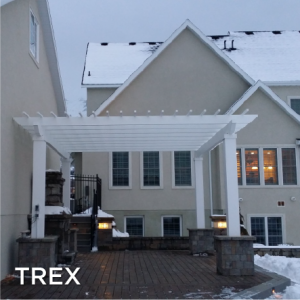Sandy Cedar Fence Materials and Installation
Sandy Cedar is a popular choice for fencing materials due to its unique characteristics and numerous benefits. If you are considering installing a Sandy Cedar fence, it is important to understand the qualities of this material and how to properly install and maintain it. In this article, we will provide a comprehensive guide to Sandy Cedar fence materials and installation, covering everything from the different types of Sandy Cedar to the step-by-step process of setting up your fence.
Understanding Sandy Cedar as a Fencing Material
Before diving into the specifics of Sandy Cedar fence installation, it is crucial to have a solid understanding of the material itself. Sandy Cedar is a type of wood known for its durability and resistance to rot and insect damage. It is commonly found in sandy areas, hence its name.
Sandy Cedar is a popular choice for fencing due to its exceptional qualities. Let’s explore some of the key characteristics that make it an excellent option for your outdoor space.
Characteristics of Sandy Cedar
Sandy Cedar possesses several key characteristics that make it an excellent choice for fencing. Firstly, it is naturally resistant to decay, which means it can withstand long-term exposure to various weather conditions and moisture without deteriorating. This resistance to decay is due to the natural oils present in the wood, which act as a protective barrier.
Another notable characteristic of Sandy Cedar is its dimensional stability. This means that it is less likely to warp or shrink when exposed to changes in humidity or temperature. This stability ensures that your fence will maintain its structural integrity over time.
In addition to its durability and stability, Sandy Cedar has a beautiful reddish-brown color that adds a touch of elegance to any outdoor space. This natural color can be enhanced through the application of a protective finish, further enhancing the aesthetic appeal of your fence.
Benefits of Using Sandy Cedar for Fencing
The use of Sandy Cedar for fencing comes with a multitude of benefits. One significant advantage is its natural resistance to pests, including termites and carpenter ants. These insects are known to cause significant damage to wooden structures, but Sandy Cedar’s natural oils act as a deterrent, making it a durable and long-lasting option for your fence.
Furthermore, Sandy Cedar is a sustainable choice for fencing. It is a renewable resource, meaning it can be harvested responsibly without depleting the natural environment. Additionally, Sandy Cedar requires minimal chemical treatments, reducing the impact on the ecosystem.
Another benefit of Sandy Cedar is its versatility. It can be easily customized to suit your specific fencing needs. Whether you prefer a privacy fence, a decorative fence, or a combination of both, Sandy Cedar can be shaped and styled to create the desired look for your outdoor space.
Lastly, Sandy Cedar is relatively low-maintenance. With periodic cleaning and the application of a protective finish, your fence will continue to look beautiful and perform well for many years.
Overall, Sandy Cedar is an excellent choice for fencing due to its durability, resistance to pests, sustainability, versatility, and low-maintenance nature. By choosing Sandy Cedar, you can enjoy a long-lasting and visually appealing fence that enhances the beauty and functionality of your outdoor space.
Essential Materials for Sandy Cedar Fence Installation
Before embarking on your Sandy Cedar fence installation project, it is important to gather all the necessary materials. This section will outline the essential tools you will need, as well as provide insights on selecting top-quality Sandy Cedar wood for your fence.
List of Required Tools
Installing a Sandy Cedar fence requires a specific set of tools to ensure the job is done correctly. Some of the key tools you will need include a post hole digger, level, mallet, circular saw, drill, and various hand tools like a tape measure and screwdriver. Having these tools at your disposal will make the installation process smoother and more efficient.
Choosing Quality Sandy Cedar Wood
When it comes to Sandy Cedar fence installation, the quality of the wood is of utmost importance. It is crucial to select high-grade Sandy Cedar boards that are free from knots or other types of imperfections. This will not only enhance the overall appearance of your fence but also contribute to its longevity. Additionally, you may want to consider treating the wood with a protective sealant to further enhance its durability and resistance to the elements.
Step-by-Step Guide to Installing a Sandy Cedar Fence
Now that you have gathered all the necessary materials and selected top-quality Sandy Cedar wood, it’s time to proceed with the installation process. This step-by-step guide will walk you through the various stages involved in setting up your Sandy Cedar fence.
Preparing the Ground for Installation
The first step in installing a Sandy Cedar fence is to prepare the ground where the fence will be installed. This involves clearing any vegetation, rocks, or obstacles from the desired fence line. It is recommended to mark the fence line using stakes and string to ensure a straight and even installation.
Setting up the Fence Posts
Once the ground is prepared, it’s time to set up the fence posts. Dig holes for the posts using a post hole digger, ensuring that they are deep enough to provide stability for the fence. Place the posts in the holes and fill them with concrete to secure them in place. Use a level to ensure that the posts are perfectly vertical.
Attaching the Sandy Cedar Panels
After the fence posts are in place, it’s time to attach the Sandy Cedar panels. Start by positioning the first panel between the fence posts, ensuring that it is level and aligned with the string. Screw or nail the panel to the posts, ensuring a secure attachment. Repeat this process for each subsequent panel until the entire fence is complete.
Maintenance and Care for Your Sandy Cedar Fence
Now that your Sandy Cedar fence is installed, it is important to take proper care of it to ensure its longevity and appearance.
Regular Cleaning Tips
Regularly cleaning your Sandy Cedar fence will help maintain its beauty and remove any dirt or debris that may accumulate over time. To clean the fence, simply use a hose or pressure washer to rinse off any surface dirt. For more stubborn stains, a mild detergent and soft brush can be used.
Preventing and Treating Weather Damage
Sandy Cedar is naturally resistant to weather damage, but taking proactive measures can further enhance its durability. Applying a protective sealant or stain to the wood every few years will help repel moisture and prevent cracking or warping caused by extreme weather conditions. Additionally, inspect the fence regularly for any signs of damage and make necessary repairs promptly.
Cost Considerations for Sandy Cedar Fencing
Before investing in a Sandy Cedar fence, it is important to consider the costs involved, both initially and in the long run.
Initial Investment for Materials and Installation
The cost of installing a Sandy Cedar fence will depend on various factors, including the size of the fence, labor costs, and the current price of Sandy Cedar wood. It is advisable to obtain quotes from reputable contractors or suppliers to get an accurate estimate of the initial investment required.
Long-Term Maintenance Costs
While Sandy Cedar is a relatively low-maintenance fencing material, it is essential to budget for ongoing maintenance costs. This includes periodic cleaning, applying protective sealants or stains, and potential repairs or replacements in the future. Proper maintenance will help prolong the life of your fence and minimize any potential long-term costs.
In conclusion, Sandy Cedar is an excellent choice for fencing materials due to its durability, resistance to pests, and overall aesthetic appeal. By understanding the characteristics of Sandy Cedar, obtaining quality materials, following proper installation techniques, and implementing regular maintenance, you can enjoy the benefits of a beautiful and long-lasting Sandy Cedar fence for many years to come.
